Eco-Lens Challenge 📸 Week 6 | Beautiful rice ear bug photography.(Bangladesh)
Assalamu Alaikum Wa Rahmatullah Everyone
Assalamu Alaikum Wa Rahmatullah EveryoneHello friends,
How are you all? I hope you are well, Alhamdulillah, I am also well.
I am a photography lover. I love taking photographs of insects and highlighting their spot physical beauty.
When I take photographs, I always keep an eye on the eyes of the insect and I like to draw the eyes of the kids, I feel very happy at that moment.
Today I have brought you a photography of the rice ear bug insect. This insect is known in our area as the Gandhi insect. This insect has a lot of smell and when it sits on you, this smell stays on you for quite some time.
Fun moments of my photography
I first saw this insect on the top of my vegetable tree. When I went to take its photograph, it started playing with me. I found it quite funny. It seemed to be hiding from the side I was going to take its photograph and went to the other side and played hide-and-seek with me. I took some time to take its photograph. I went next to it and took the photographs holding the camera on the other side. Sometimes I feel quite scared to take close-up photos of insects. Still, it is a wonderful experience.
Introduction to this insect,
Rice borer
This insect is a major and destructive insect for the food grain rice. They damage the rice by sucking the sap of the rice plant.
They suck the "milk" from the rice grains, resulting in damage like discolored grains.
Gundi bug
This insect is also known as Gundi bug by many. This adult insect emits an unpleasant odor when disturbed.
Their food
Their main food is the liquid milk of rice when the rice is in an immature state. I have seen this insect on the tops of some trees in our pond. Those who suck the sap of the tree tops in that way. I often see them on my vegetable plants as well, they suck the sap and kill the tops.
Birth
They are helped by dry weather, cloudy skies and frequent rainfall and their numbers increase at the end of the monsoon.
Appearance
I have seen their body shape in grey and black. Their head looks like a triangular horn.
Environmental impact
They can damage crops by sucking sap from plants, which reduces yield and quality and causes the rice to become shriveled. They live for about 60 to 90 days.
The female insect lays 24-30 round brownish eggs in rows on the leaves.
| Name | Rice Ear Bug |
|---|---|
| Birth | Born in heavy rainfall |
| Food | Immature rice milk |
| Size | Elongated |
| Skin color | Gray |
| Country | Bangladesh |
| Location of Photography | Dakshin Buruj Bagan Mathpara, Sharsha, Jessore. |
| eko-lens map | https://maps.app.goo.gl/7DsNMgGE35QeJWFS7?g_st=aw |
| Source Link | https://www.acicropcare.com/crop-pest-solution/rice-pest-management/dhaner-gandhi-poka. |
I tried to write a blog in my own way according to the information acquired from Google.
I invite my friend's,
@bimanakhan,@jasimuddin0 and @sumona05
Thanks alot for reading .
Good luck to you.
Good luck to you.
Rumana Afroz

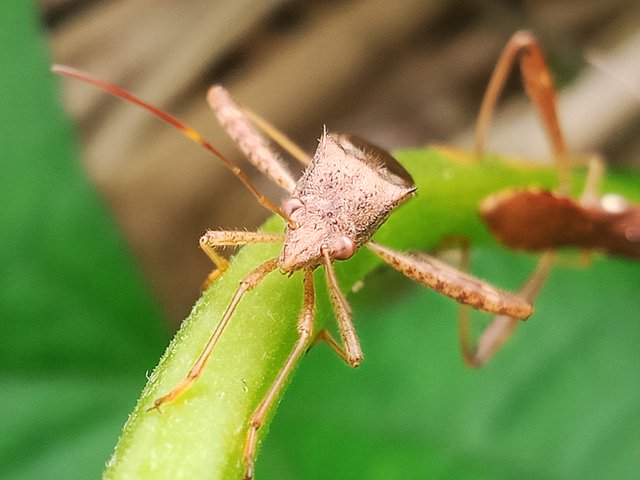
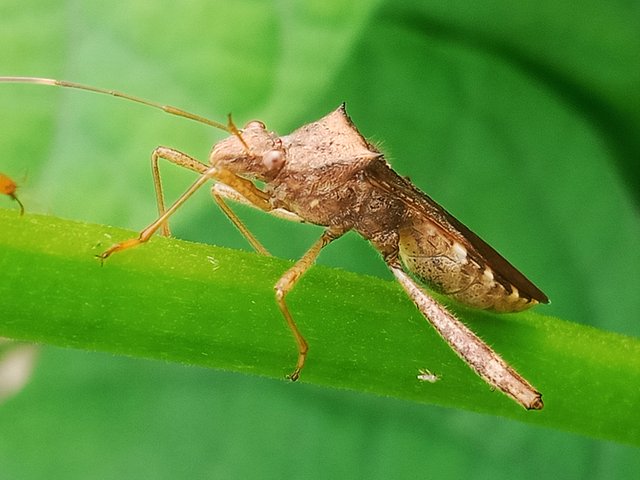
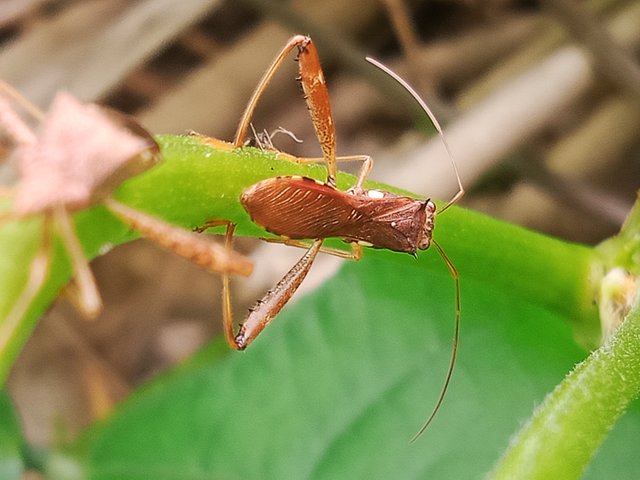
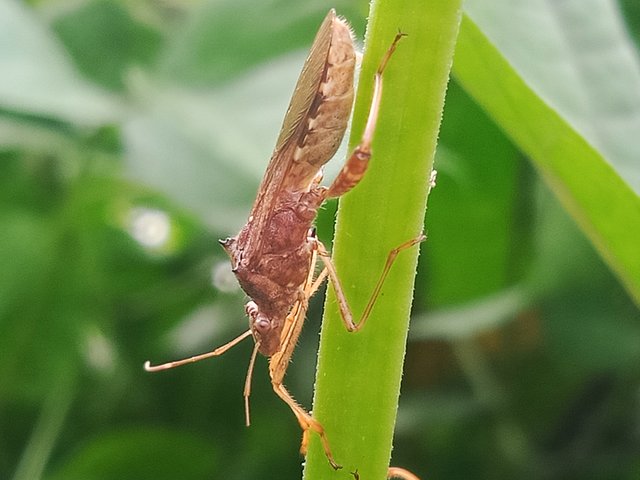
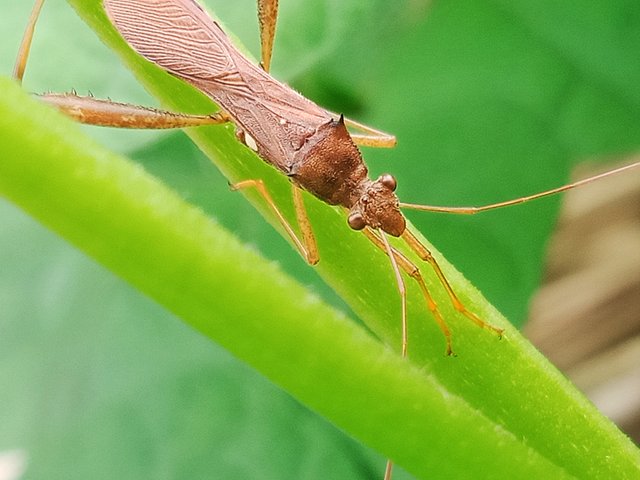
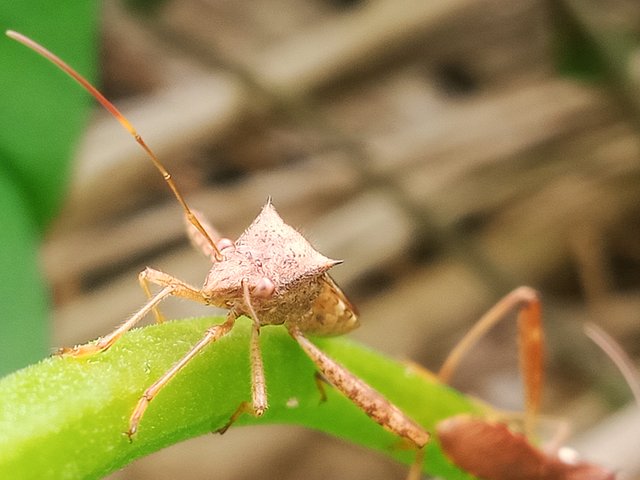
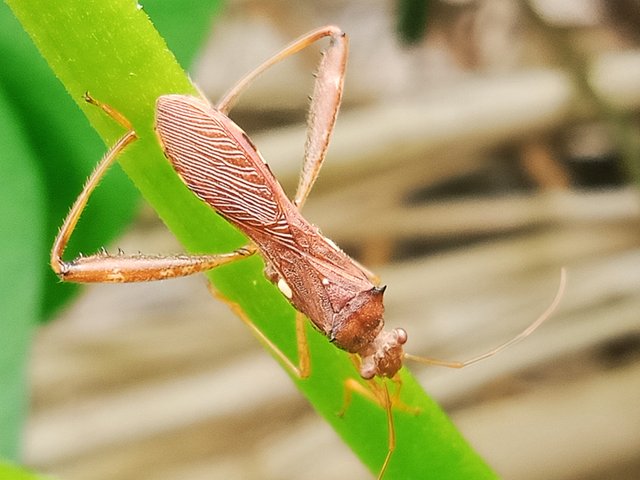
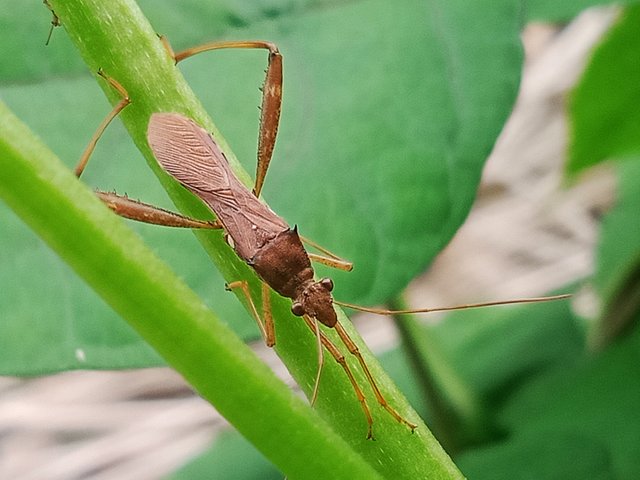
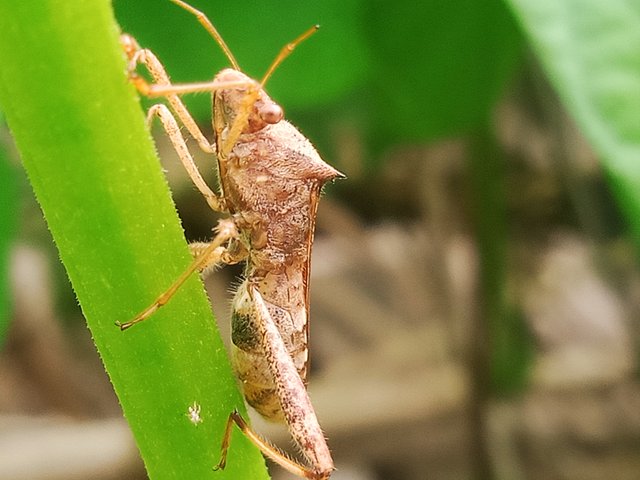
https://x.com/RumanaAfro73363/status/1974111928818807193
This insect is indeed a very smelly insect. It is the main enemy of the country's main cash crop, rice. However, this insect is very beautiful and attractive to look at. Along with some wonderful photographs, you have presented its description in a very beautiful step-by-step way. Thank you very much and best wishes to you.
Thank you very much for congratulating me on my work.
🎉 Congratulations, @rumanaafroz!
Your post Eco-Lens Challenge 📸 Week 6 | Beautiful rice ear bug photography. was rewarded by CCS Curation Trail
“Home is where your heart is ❤️.”
👉 Join the CCS Curation Trail | Community Invitation
✅ Vote for visionaer3003 as witness
Welcome. 🦗🦋🕷Entry N° 4
Meet Eco-Lens Map
Feedback:
In a nutritious post in information, you made a broad description of that sucking insect. However, you neglected to investigate the zoological classification. The photos are well done for the most part. I appreciate that you included the coordinates.
(NAME OF THE INSECT) + (COUNTRY) without other words.The title format is:
Congratulations on losing your fear of approaching insects, but always do so with caution.
Be careful when reusing previous drafts, the scientific name of the sarcophagus fly from your previous post appeared in the text.
Very clear images. The work is nicely done!
Thank you so much.